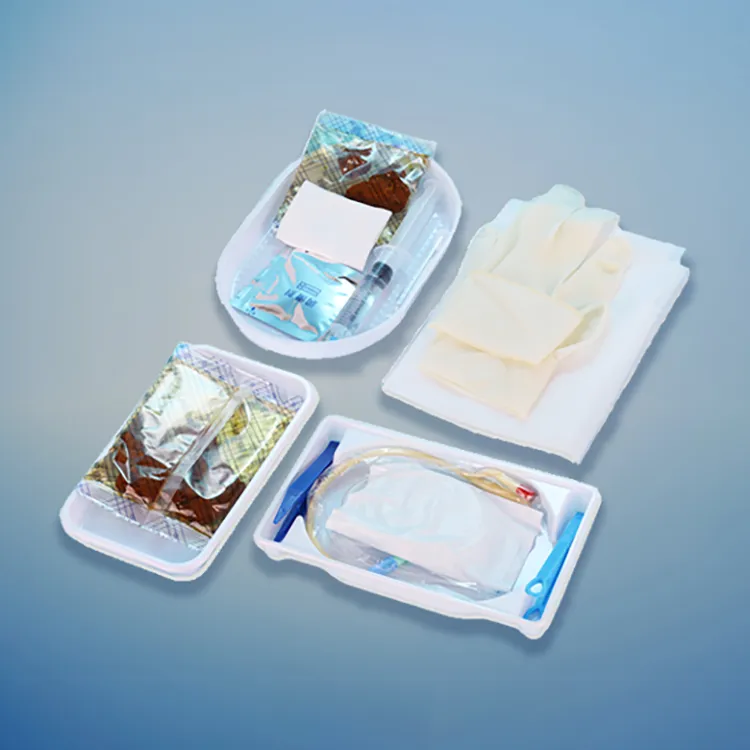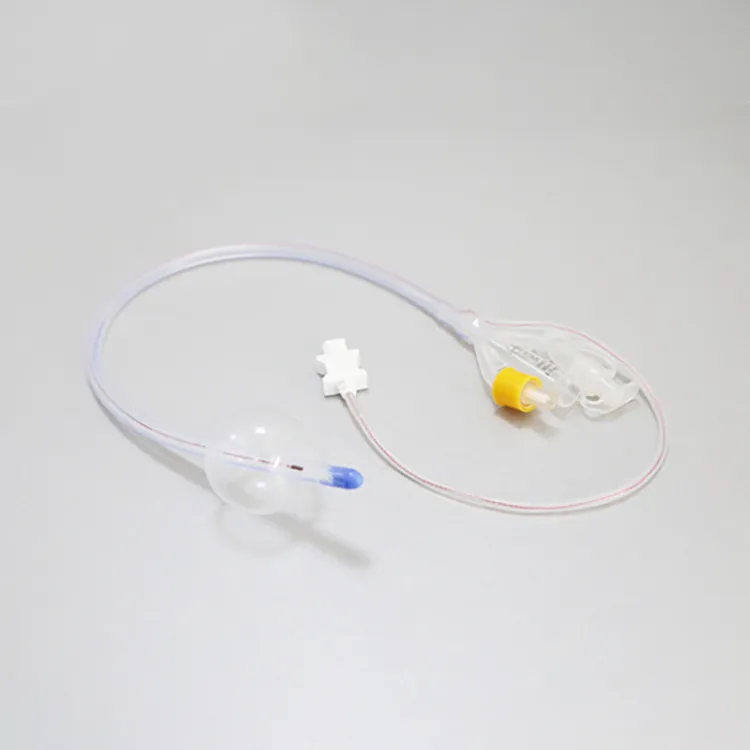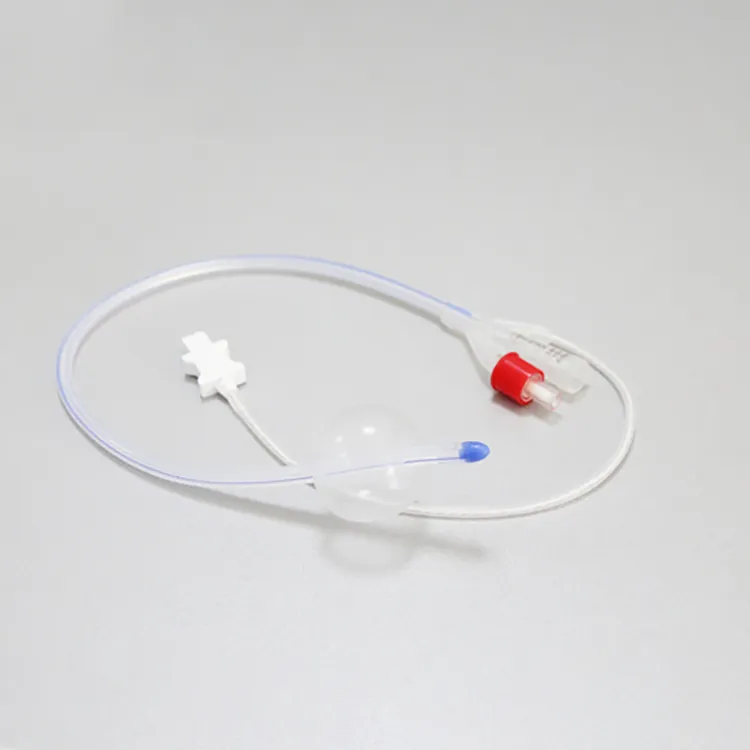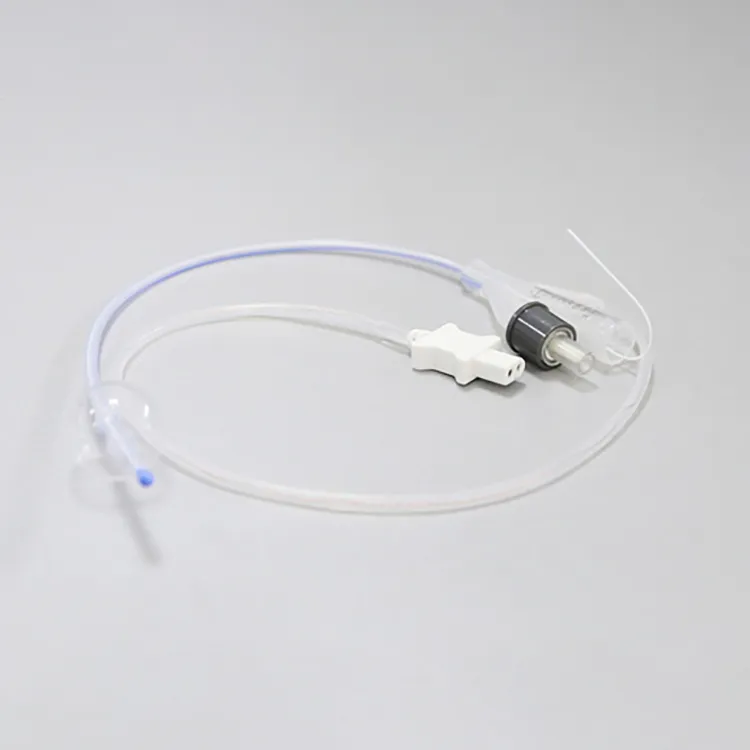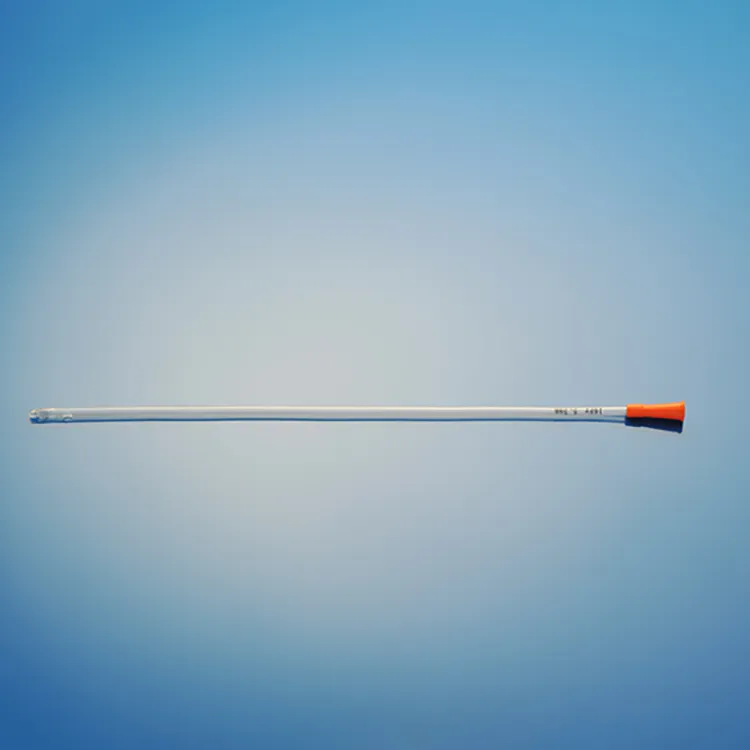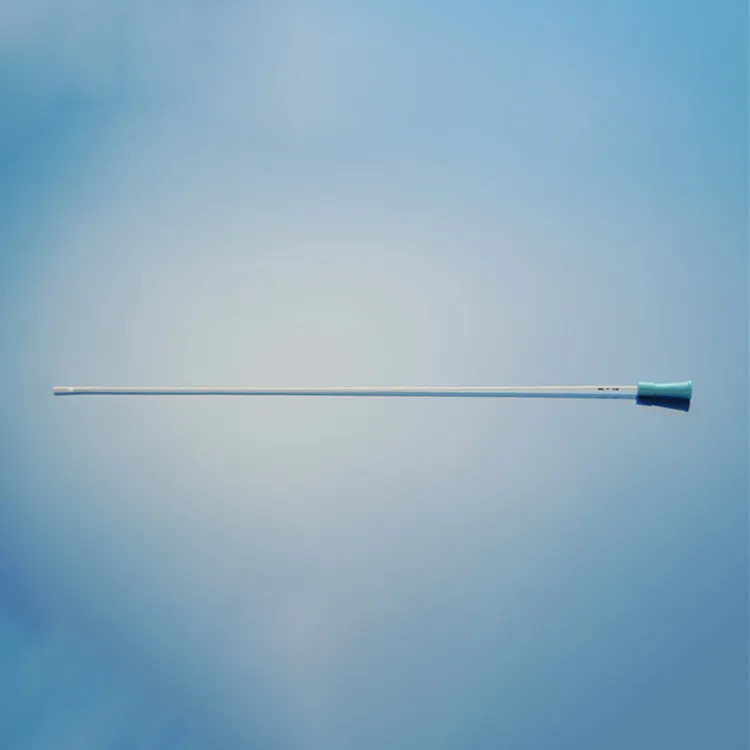Product Information
【Product Specifications】
12Fr(5-10ml) 14Fr(5-10ml) 16Fr(5-10ml) 18Fr(10ml) 18Fr(20ml) 20Fr(10ml) 20Fr(30ml) 22Fr(10ml) 22Fr(30ml) 24Fr(10ml) 24Fr(30mL)
【Structure and Composition】
The product consists of a urinary catheter and a water lubrication package (optional).
The double chamber is composed of a balloon cavity filling conical interface, a liquid discharge cavity conical interface, a check valve, a pipe body, a balloon, and a liquid discharge hole.
【Main Components】
The water-lubricated pack consists of sterile water and spunlace gauze and is irradiated.
The catheter is made of medical-grade silicone rubber and a hydrophilic lubricating coating (no drugs, silver salts, or antimicrobial ingredients), including polyvinylpyrrolidone.
The product is a single-use sterile product.
【Scope of application】
It is used to export urine from the patient's bladder through the urethra to the outside of the body and into a urine collection container.
Additional Information
【Contraindications】
- Those who are allergic to natural rubber should use with caution;
- Patients with severe urethral inflammation, severe urethral stricture, acute prostatitis, and urethral rupture suspected of being related to blunt or penetrating trauma are prohibited.
【Precautions, warnings and reminders】
- This product is only for one-time use, please read the manual carefully before use, and it is forbidden to use it after the expiration date;
- This product is only for medical staff to operate;
- This product is sterilized by ethylene oxide, the packaging is damaged, and it is forbidden to use it;
- Do not use lubricants containing petroleum substrates;
- Choose the appropriate urinary catheter size, for children or suspected urethral strictures, the urinary catheter size should be small;
- When inserting the urethral catheter, the action should be gentle to avoid damaging the urethral mucosa, and the insertion should not be too deep or too shallow, especially avoid repeated twitching of the urinary catheter;
- Please operate strictly aseptically when using, only sterile water can be injected into the airbag, and the amount of water injected shall not exceed the marked capacity;
- If the bladder is overfilled and the patient is extremely weak, urination should be slow, and the first amount of urine should not exceed 1000mL, so as to avoid bleeding or fainting caused by sudden bladder decompression;
- When measuring residual urine, ask the patient to urinate on his own first, and then catheterize. Normal residual urine volume is 5 to 10 mL, and indwelling catheterization should be placed if more than 100 mL;
- When indwelling catheterization, the fixation of the catheter should be checked frequently, whether there is prolapse, it is recommended to replace the catheter in accordance with clinical nursing standards or evidence-based, and let the urethra relax for a few hours before reinserting it when intubating again;
- If there is resistance to pulling out the catheter, it should not be pulled out forcefully, otherwise the urethra will be damaged;
- When pulling out the urinary catheter, you can insert the valve with an empty syringe barrel according to the water injection method to let the water drain naturally, or cut off the piston and pull it out after natural discharge.
- If it is found that the sterile water of the balloon cannot be released and other measures cannot be discharged, please contact the manufacturer in time to deal with it under the guidance of the manufacturer, and recommend the guidewire or take out the perineal puncture under B ultrasound.
- For patients who are emotionally unstable or unable to control their behavior, it is recommended to use a single-lumen urinary catheter, and appropriate restraint should be carried out if necessary to prevent organic damage caused by self-extubation.
- After the use of this product, the product and packaging should be disposed of according to the requirements of the hospital or environmental protection.

